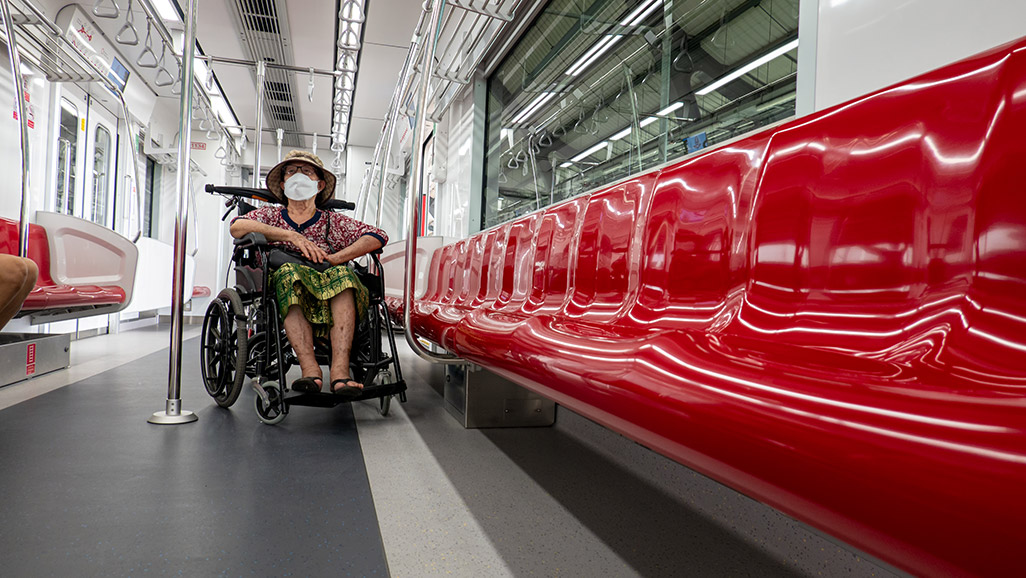A 2017 lawsuit brought on behalf of disabled riders of Metropolitan Transportation Authority (MTA) trains alleged that the MTA had failed to comply with the Americans with Disabilities Act (ADA) because elevators in the stations were too frequently out of service. The suit was dismissed after the MTA provided evidence that elevators were in service 90% of the time, even though the plaintiffs had also provided evidence showing that the rate at which elevators were out of service was substantially higher.
The Second Circuit Court of Appeals has reinstated that lawsuit, opining that the lower court should not have automatically given more credence to the MTA’s statistics. This reversal underscores the importance of presenting clear and convincing evidence in civil cases, which are decided on a “preponderance of the evidence” rather than the stricter “beyond a reasonable doubt” standard that applies to criminal cases. When evidence is not presented in a compelling way, a civil action can stall – as happened in the lawsuit against the MTA. The stronger the evidence is, and the better it is presented, the more likely it is that a judge will side with the plaintiffs, and that the settlement process will recover a greater award.
To understand more about the MTA lawsuit and the process of presenting evidence in a way that increases a plaintiff’s likelihood of receiving a larger settlement, read this article.






